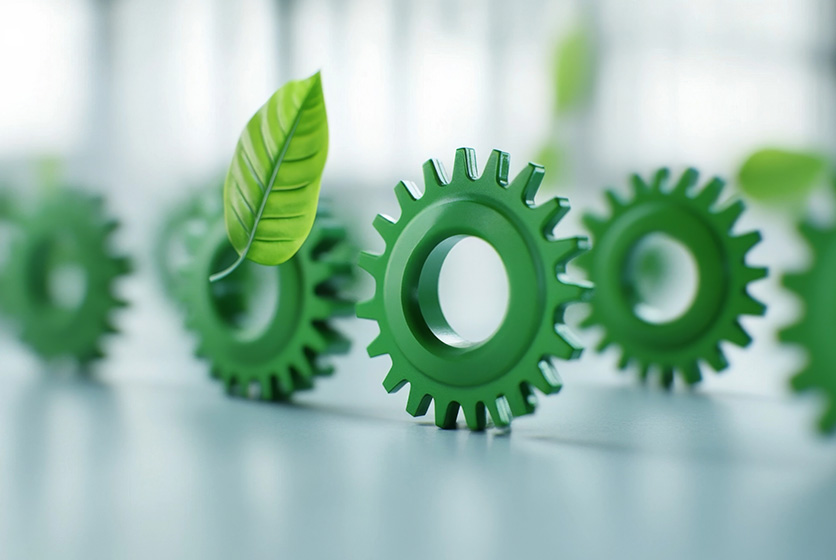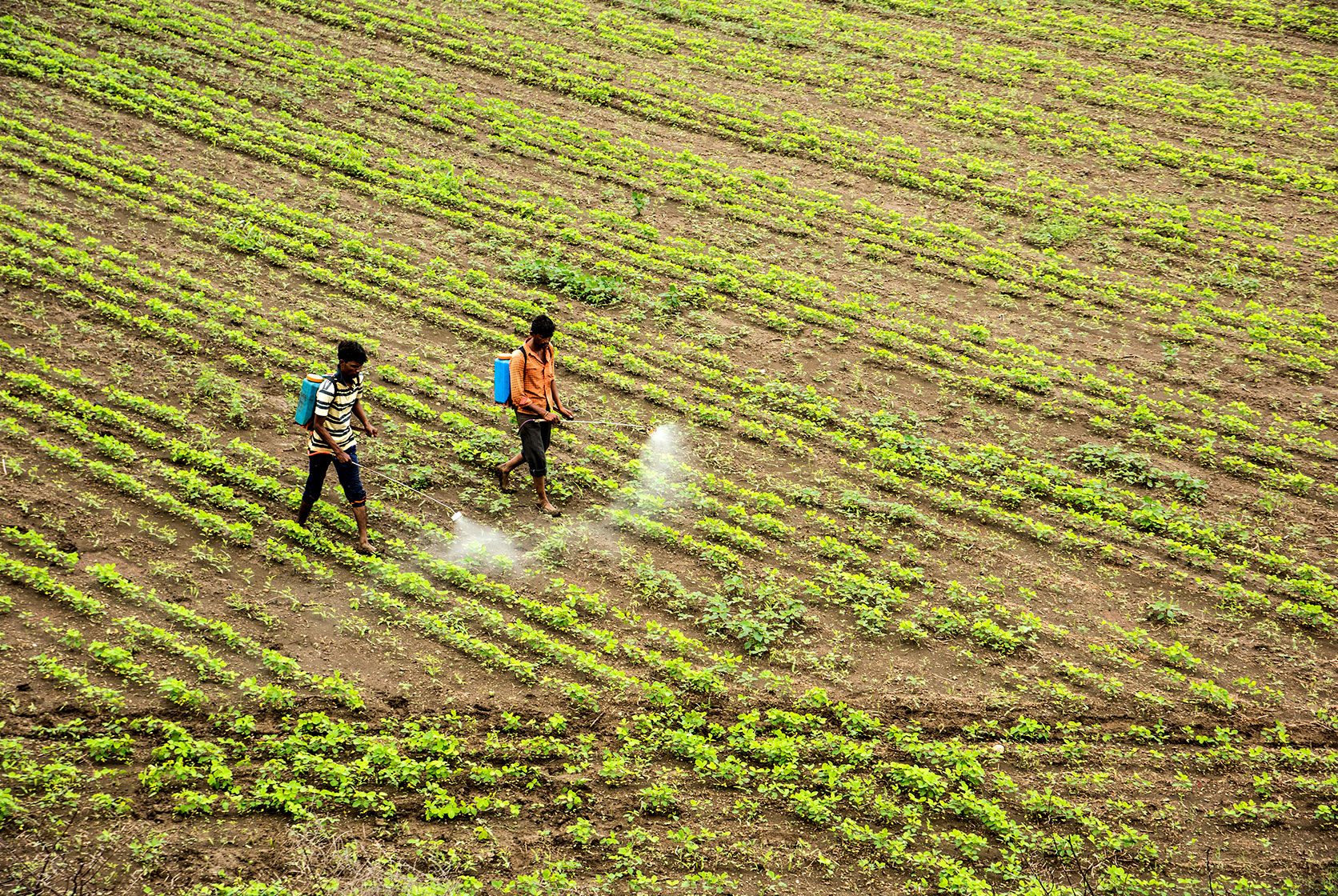Bioeconomy In Agriculture
When the production of goods, and services is done with the help of biotechnology you have what is known as a bioeconomy. Bioeconomy is characterised by:
-
Usage of renewable biomass
-
Application of biotechnology for producing goods of various kinds, services, and energy
-
A deep connection with environmental sustainability, and sustainable development
Looking at bioeconomy in agriculture helps one understand how various biological resources, such as plants, microorganisms, and waste can help create food, energy, materials, and so much more. A simple example should elucidate this: discarded coconut shells can be converted to biochar, used as an aggregate in concrete, and to make compost too.
Everybody talks about the green economy these days and nurturing bioeconomy in agriculture is one of the ways to go green.
What can bioeconomy do in agriculture?
Using bio-based products for a variety of purposes ensures maximum recycling or upcycling. Take the example of farmers burning paddy straw burning for preparing for the next round of sowing. Stubble burning adds to the poor air quality in many countries in South Asia but with a different approach, it can be converted to something useful. In a study published in the Journal of Cleaner Production, the authors talk about how paddy straw is a potential source of nanosilica. These silica nanoparticles find applications in the biomedical industry, delivery of pesticides, additives in concrete / rubber / plastics and so on.
The above case is also an example of the circular bioeconomy: using renewable biological resource to make products and reusing / recycling resources to power the economy.
Sustainable development, encompassing green agricultural practices, mitigating climate change, regenerative agriculture and so on can also be helped along by a bioeconomy. According to the Food and Agriculture Organization of the United Nations, food systems play the largest role in the global bioeconomy. It is a vital approach to providing food security and proper nutrition to an ever-growing population - we are projected to touch 9 billion by the year 2050.
By including agroforestry, new approaches such as vertical farming, waste management, fungiculture, bioenergy, sustainable energy, and aquatic resources, to name a few things, bioeconomy is a powerful, and sustainable shift away from traditional economic systems.

India and bioeconomy
More than sixty countries have robust bioeconomy strategies and India is one of them. According to the 2024 report by the Biotechnology Industry Research Assistance Council (BIRAC), India’s bioeconomy is set to touch USD 300 billion by 2030. Pharma, medical industry, agriculture, and IT sectors are all contributing to the Indian bioeconomy. The report also stated that India’s bioeconomy contributed 4.25% to GDP.
Agricultural biotechnology accounted for USD 12.44 billion and is driven by:
-
Innovations in sustainable farming
-
Bio-based products
Strategic policies such as the BioE3 are also powering India’s bioeconomy growth. Improvements in agricultural productivity help improve soil health, climate resilience, and even create sustainable alternatives such as biofertilisers. All these aspects in turn help increase food security, and the availability of nutritionally dense crops too.
It is pertinent to conclude by stating that a sustainable and circular bioeconomy plays a pivotal role in solving multiple challenges related to sustainable development. Ecosystem restoration, conserving biodiversity, and better management of biological resources will all help a planet battling climate change, and many other environmental issues.



